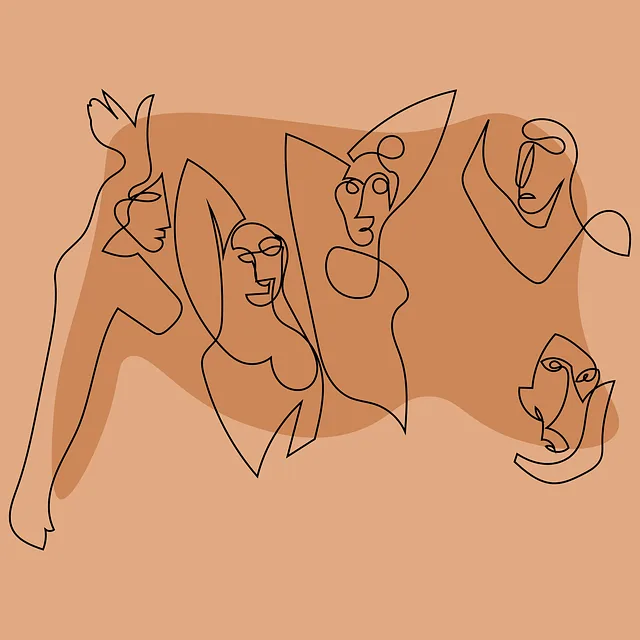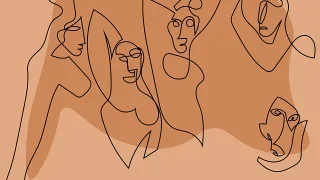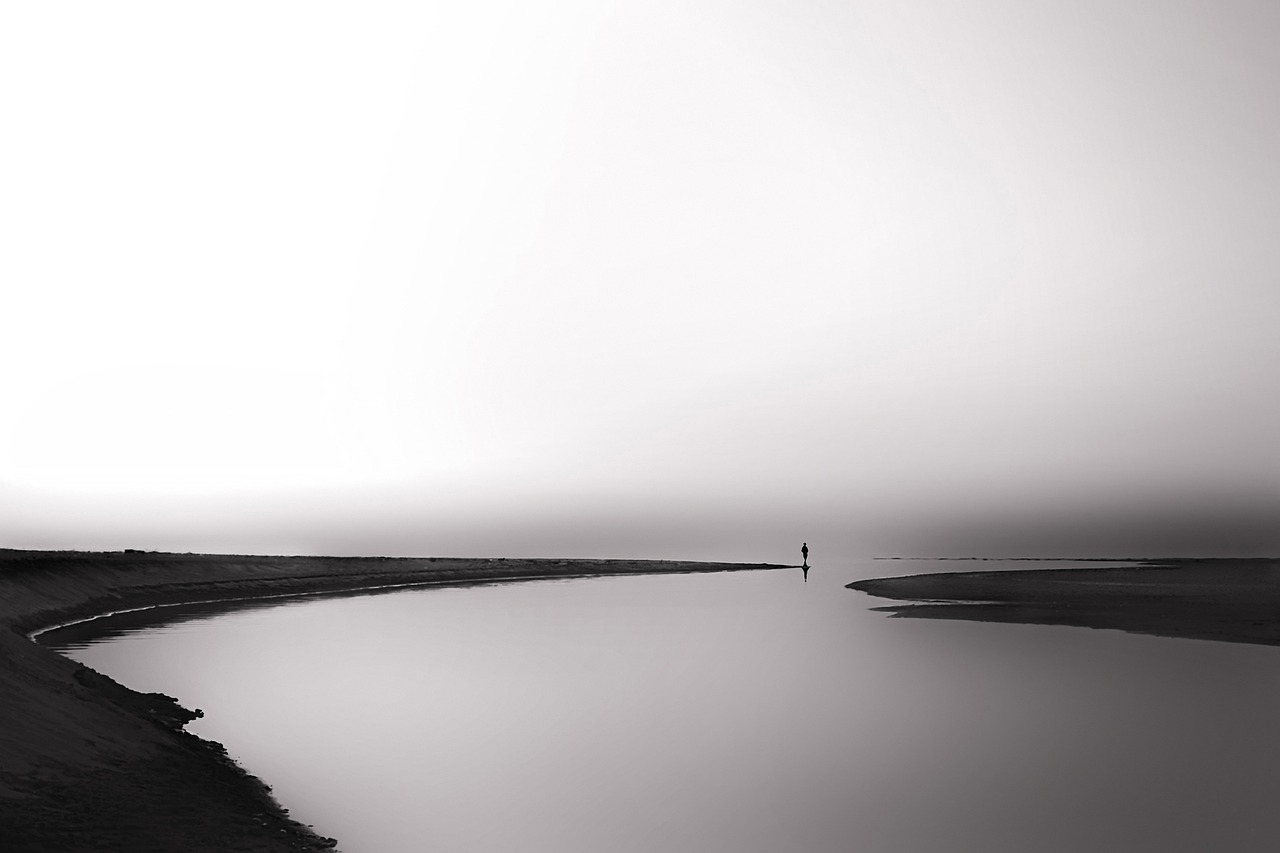A journey through art and language
Hello! Today, let’s explore the life and masterpieces of Pablo Picasso, one of the greatest artists of the 20th century, while learning useful English phrases along the way. Whether you’re studying English or love art, this article is for you!
🎨 The Life of Pablo Picasso
1. Birth and Childhood
“He was born to be an artist.”
Picasso was born in 1881 in Málaga, Spain. His father was a painter and art teacher, and young Pablo showed incredible artistic talent from an early age. He completed his first oil painting at just nine years old.
📘 Phrase Tip:
“born to be ~” expresses a strong sense of destiny or natural talent.
2. The Blue Period
“He expressed sorrow and solitude through shades of blue.”
From 1901 to 1904, Picasso entered his Blue Period after the death of a close friend. His paintings used cool blue tones to reflect themes of sadness and loneliness.
📘 Phrase Tip:
“shades of blue” refers to both color variations and feelings of melancholy.
3. The Birth of Cubism
“Picasso broke the rules and reinvented art.”
In 1907, Picasso and Georges Braque pioneered Cubism, a revolutionary style that broke objects down into geometric forms. This new way of seeing and painting changed art forever.
📘 Phrase Tip:
“break the rules” means to challenge norms; “reinvent” means to transform something completely.
4. War and Protest
“His painting screamed against the horrors of war.”
In response to the bombing of Guernica during the Spanish Civil War, Picasso painted his famous anti-war mural, Guernica, in 1937. It became a global symbol of protest against violence and oppression.
📘 Phrase Tip:
“screamed against ~” is a powerful way to say someone protested loudly or strongly.
5. Passion Until the End
“Even in old age, he never stopped creating.”
Until his death at 91, Picasso continued to paint, sculpt, and create with passion and energy. His creative fire never faded.
📘 Phrase Tip:
“never stopped ~ing” emphasizes continued action over a long time.
🖼 Masterpieces of Picasso
1. Les Demoiselles d’Avignon (1907)
“This painting shattered traditional perspectives.”
This groundbreaking work marked the beginning of Cubism. Inspired by African sculpture, it broke away from classical beauty and shocked the art world with its raw, angular style.
2. Guernica (1937)
“Guernica became a universal symbol of anti-war protest.”
Spanning almost 8 meters wide, this massive black-and-white mural depicts the tragedies of war. It’s a haunting and timeless piece that continues to resonate today.
3. The Weeping Woman (1937)
“She is the face of grief and resistance.”
This emotionally intense painting captures the pain of war through a distorted, colorful portrayal of a crying woman. It’s considered a follow-up to Guernica.
✍️ Final Thoughts: What We Can Learn
Picasso’s life teaches us about creativity, courage, and expression.
By learning English through his story and art, you gain not only language skills but also cultural insight.
🎯 Your English Challenge:
Use the following sentence to write about your favorite artist in English:
“He/She broke the rules and changed the world of art.”














